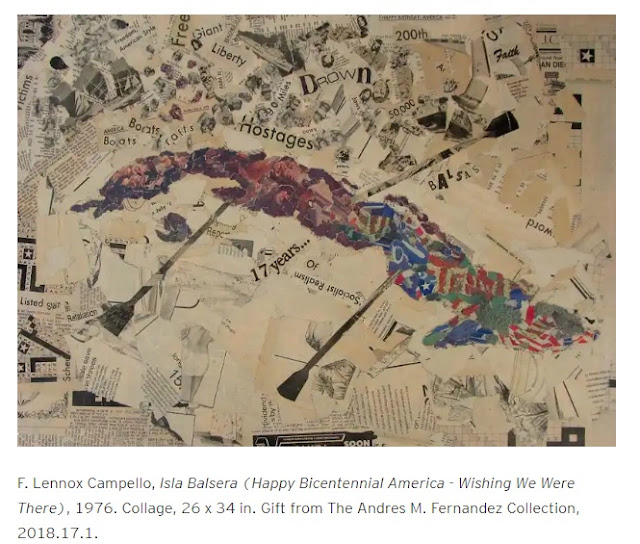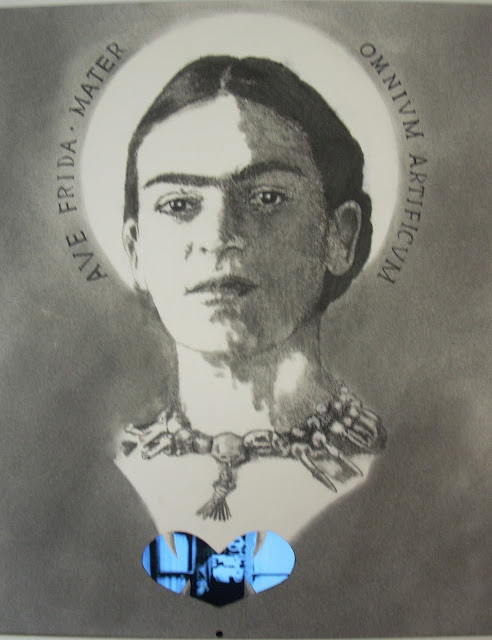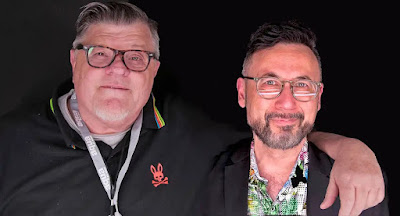The answer used to come in the mail - now it usually comes out via email. An accepted notice brings joy, while a rejected note needs little explanation. It is the agony and the satisfaction of the juried art show.
Entering juried art shows is perhaps the most common way for emerging artists to build a resume, to expose one's works to a wider audience and above all, to compete with our peers. It is the raison d'etre for Art Calendar and other magazines and web sites.
As a young emerging artist, I have entered countless of these shows over the early years of my career. As a regularly published writer in the Washington, D.C. area, I often review the shows once they are hung. Later in my career, as a seasoned juror for many of these competitions around the capital region, I have had plenty of first hand exposure to the inner guts of this art phenomenon. As the poet Marti wrote "I have been inside the monster, and I know its innards well."
Provided that they are fair and staged by a reputable art space, there are no tricks that will guarantee acceptance into the juried competition. However, there are steps which artists can take to increase their chances for being accepted. The following checklist will help you increase those chances and assumes that you, the artist, is looking for a competition outside of your city, but can also work in your own backyard. An earlier version of this post was published as an article in Art Calendar magazine several decades ago.
The Gallery - The reputation and location of the gallery or art space holding the juried art show is perhaps the most important item in the list of various things to investigate before one decides to enter a show. The internet is a great resource: does the gallery have a webpage? If so, visit it and get a general flavor for what kind of shows they have been hanging lately. A reputable gallery sometimes gets reviewed in the local press. Since newspapers have online versions, do a search, write or email the newspaper's art critic with a simple question about the gallery. Even if not reviewed, reputable galleries are often listed in the Weekend or Leisure section of most major metropolitan newspapers. Find some artists' websites in the same city and ask them about the gallery. As a last resort, the artist can always call the gallery and ask them questions. Furthermore, the actual exhibition space itself is important. How many pieces does the gallery intend to select? (As a question to the gallery (provided that the competition has been held in previous years) is: "How many pieces were accepted last year? Followed quickly by: "How many pieces were entered?"). Good shows attract larger numbers of entries, so be wary of a low number of submissions, but if 3,000 entries are expected and ten will be hung, well - you get my drift. Finally, find out what does the galleries do to advertise the show. For example, is there an opening for the artists and the show? A good entry form should answer these questions, if not, call the gallery and ask them. Needless to say, avoid vanity galleries at all costs and be suspicious of art galleries which seem to be always staging a juried competition.
The Juror - The entry form should list some of the qualifications of the juror. Researching his or her background is perhaps the single most influential action in increasing one's chances of being accepted. As jurors, we all bring our prejudices to the process, even if we deny it in public. If the juror is an artist, chances art that he or she will tend to favor the type of art that he produces. This sounds very subjective, but generally, even while we speak of the brotherhood of the arts, we essentially tend to be very clannish about what we like as art. An artist/juror who paints solidly abstract works is more likely to identify with abstraction than with photorealism - don't let anyone fool you into believing anything else. Some art galleries seem to have an unhealthy love affair with academic jurors, and these are perhaps the hardest to "judge." If the jurors are art professors, chances are that they will also be artists, so look at their art for hints. If curators, museum directors, art critics or any other form of arts intelligentsia, look at their products for a hint. An art critic who raves about the work of Cy Twombly is probably not going to pick Norman Rockwell for an exhibition. Conversely, a museum curator whose last three exhibitions have dealt with rediscovering Victorian art is not likely to select a Rothko-look-alike for a juried show.
The Awards - A competition without awards is not necessarily bad; however, the opportunity to win some money at an art event (and thus a return in your entry fee investment) is a powerful enticement to enter a show. Be careful of purchase awards, which means that the gallery will deliver cash awards, but they will keep your piece. This is also OK, as long as you are aware of it.
Entry Fees - A $20 - $45 dollar fee for three entries is generally the average normal range for most competitions. Other than funds to ship and insure the return of an accepted entry, any additional handling fees, hanging fees, etc. is (in my opinion) a scam and artists should stay away from competitions which require further cash resources past the entry fees and return cost of accepted pieces.
Size - Here's a dirty secret from juried competitions: At practically every competition which I have juried, the gallery owner or museum director has always said: "I won't tell you what to pick, but please try to select as many artists as possible." This often means that great art that will consume significant wall acreage may not be selected in favor of several smaller pieces. Most competitions limit the size of the entries, yet I am astounded at the number of entries which routinely exceed the specified size and are rejected for that reason (although they keep your entry fee). Submit manageable pieces which can be easily shipped, hung and (if not sold) returned.
Time - Here's another secret: Most competitions start preparing entries for jurying as it arrives. That means that the juror usually views the very first entries first. Although most jurors view (or should view) the entries more than once, it is probably safer to be somewhere in the middle of the viewing process, after the jurors have stretched their mental engines, than at the very beginning. Time the arrival of your entries to land at the gallery about a week before the deadline. If the entries are arranged alphabetically, then ignore this section.
The Images - I know you have all heard this time and time again, but the quality of your images is second only to the quality of the work itself! I was astounded a while back to jury a competition for a local gallery in DC, and discover an entry which had two of three images completely out of focus, and several whose works had been shot though framed glass and the reflections from the flash made the work impossible to see. These artists had not even looked at their entries before submitting them. The best thing to do is to actually project the digital images and see what they look like on the wall - you'd be surprised at what can be seen.
With the exception of competitions where the show is picked from the original work, the gallery or art space hosting the competition usually arranges for the image viewing with the juror(s). In competitions where there is more than one juror, interesting debates about the merit of art takes place, and more often than not, compromises. However, in the final decision, it is the work itself that delivers the final verdict.
Where to find competitions - Artwork Archive (a great resource) has the following recommendations:
Artwork Archive | Call for Entry
Free to peruse, we feature everything from dream residencies and life-changing grants, to fun festivals, art business workshops, and competitions for some extra cash. We make it easy to search, too! Filter by opportunity type, location, event dates, eligibility, and more to find exactly what your art practice needs to flourish.
CaFÉ
While you may know this site for its wide array of calls for shows, exhibitions, and residencies, this site also boasts a collection of grants and awards. Search through the listings at no cost which covers all the need-to-know details for applying, including entry deadline, fees, location eligibility, and more.
The Art Guide
Not sure if you want to apply through a third party, Art Guide is the free artist opportunity site for you. This call for entries website allows you to apply directly to the organization offering the grant. The list is updated daily so there'll always be a great new opportunity to pursue.
ArtOpportunities.org
Formerly Artist Opportunity Monthly, all you need to do is sign up with your email and they send you thoroughly screened opportunities every month, including grants. AOM prides itself on ensuring each opportunity is worthwhile. A more comprehensive monthly list is offered at $5 a year.
ArtDeadline.com
Another site you may have heard of is ArtDeadline.com. According to their website, it is “the largest and most respected source for artists seeking income and exhibition opportunities.” The site may cost you a subscription fee of $20 a year to view the majority of its opportunities, but you can still browse many grants listed for free on their homepage and the @ArtDeadline Twitter account.
Curator Space
CuratorSpace is a project management toolkit for curators, organizers, galleries, and artists. It is designed to take the hassle out of managing exhibitions, competitions, fairs, and a whole lot more. Plus, they are a great site for finding art opportunities worldwide!
Re-title.com
Re-title is a service for professional contemporary artists searching for opportunities, such as competitions, exhibitions, residencies, etc. A site for international contemporary art, this is another great site to find opportunities around the world! There’s even a map you can click on to search opportunities regionally and world clocks at the top of their site so you can submit applications on time!
Resartis.org
Res Artist is a Worldwide Network of Arts Residencies from around the globe. The network comprises more than 700 vetted members in over 85 countries. They aim to support and connect residencies, engage and advocate the importance of residencies in today’s society by providing artists with resources and upcoming residency information.
Art Rabbit
Art Rabbit compiles a selection of international open calls and opportunities for contemporary art-related competitions, prizes, exhibitions, awards, proposals, and grants for artists, writers, and curators. They publish a selection of open calls from a pool of submissions and editorial research. Only open calls believed to offer meaningful benefits to applicants at different stages of their careers are published.
Creative Capital
Creative Capital is a 501(c)(3) nonprofit organization whose mission is to fund artists in the creation of groundbreaking new work in the visual arts, performing arts, literature, film, technology, and multidisciplinary practices, including socially-engaged work in all forms. Our pioneering model of grantmaking also provides thousands of artists with scaffolding and infrastructure support via professional development programs, networking opportunities, and educational resources.
Art Show
Artshow.com attracts thousands of artists and art enthusiasts each day. They advertise worldwide juried shows, exhibitions, and competitions across any and all mediums. Artshow.com has been recognized in "Must-See Web Sites for Artists" by The Artist's Magazine and has received favorable mention in several other art publications, including American Artist, Southwest Art, Watercolor Magic, and The Pastel Journal, as well as The Wall Street Journal.
With a bit of preparation, and a small amount of research, you as the artist may find that "accepted" box marked more often in the future. Good luck!
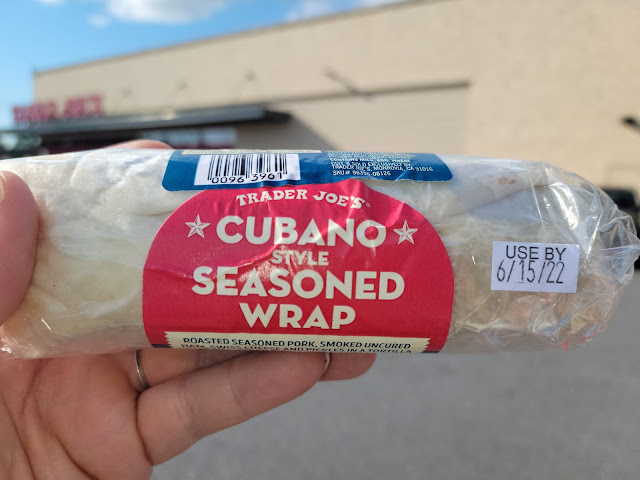

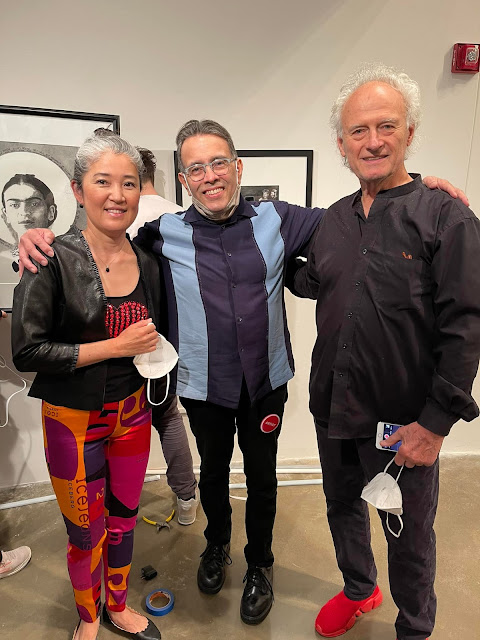
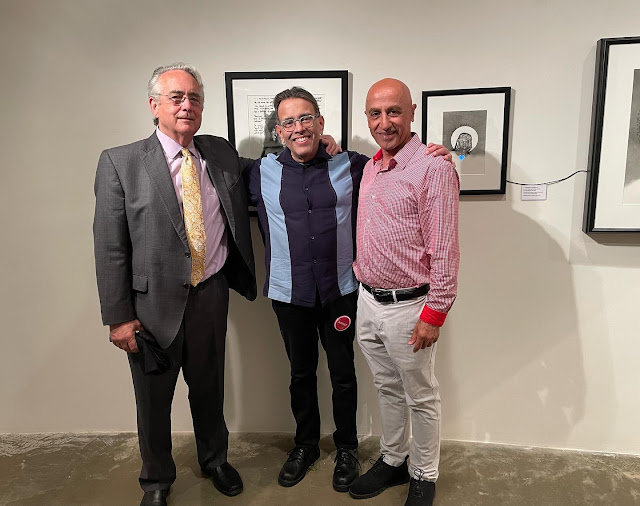


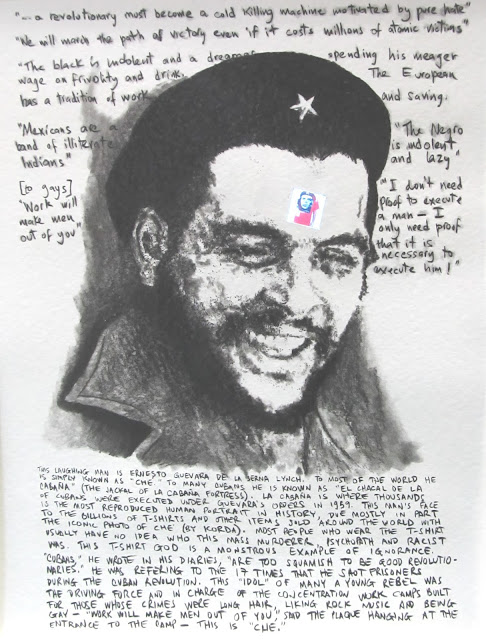
.jpg)
.jpg)

